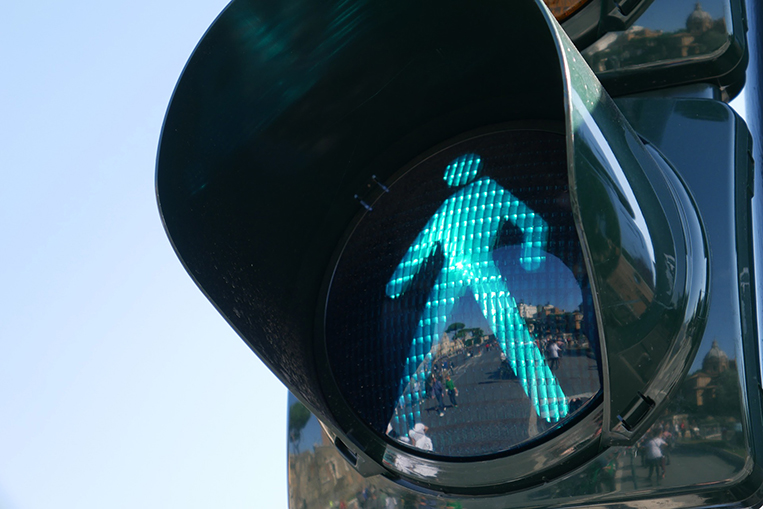
“Move people, not cars.”
It’s a slogan that is gaining popularity with more and more people—especially the segment of young, woke folks—that are enthusiastic for better public transport and urban planning. The slogan is succinct but captures much in four words. The message is that we have to change our measure of success. We need to focus on what matters, and what matters is that we prioritize what’s good for human beings, not the cars that some of them drive.
Of course, not everyone is happy to hear things put so bluntly. Motorists wonder: Don’t you understand that we suffer, too, and now you’re saying to forget about us? Don’t we also pay taxes? Hell, don’t we pay more taxes than other people? If we’re stuck in traffic, don’t we also have families and children we don’t see? Don’t you care?
In this piece, I will attempt to convince the car-loving crowd that everyone, including car lovers, has a lot to gain by supporting policies that seem to disfavor cars at first glance. Does it sound nuts? Read on.
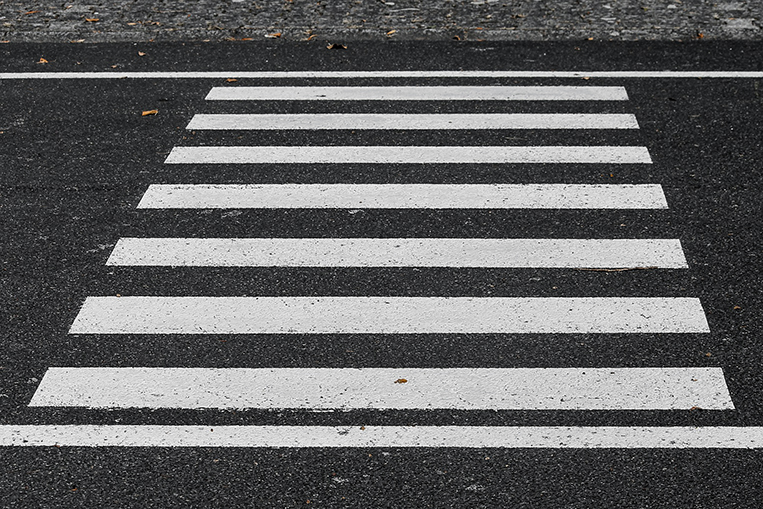
Any analysis of our car-centric transport system has to begin with why people choose cars. So why do they use automobiles, even though car travel is not just more expensive, but it’s also not even the fastest way around (as any bicycle or electric scooter rider will testify)? The answer is really that cars are the only way to guarantee safety when you travel. They are an air-conditioned suit of armor from our sorry, dangerous transportation system. Public transport can feel like purgatory, where you squeeze into hot, crowded, creaky vehicles and watch hours of your day slip away. If you get on a two- or three-wheeler, you’re at the mercy of larger vehicles who can run you off the road. Many car users say they would gladly get on those other modes if these could only keep them—or the loved ones they travel with—safe from harm and in comfort.
If we want to improve other transport modes to be safe, comfortable and secure, cars must give a little ground
This is why I reject the theory that Filipinos have some unchangeable, cultural preference for cars. That’s nonsense. Wanting to travel with safety, comfort and security—and wanting the same for our loved ones—is not a value exclusive to any culture. It’s just being human, and there’s nothing wrong with it.
But here’s where reality has to set in. If we want to improve other transport modes to be safe, comfortable and secure, cars must give a little ground. On some streets, this means literal space: protected bicycle lanes, transit lanes and at-grade crossings. But it doesn’t have to go that far. In most cases, this just means redesigning streets so that cars go a little slower in the presence of people that aren’t in cars. Here’s an example of what that looks like in Makati City, courtesy of architect Paulo Alcazaren and his firm, PGAA Creative Design:

Notice how the number of lanes didn’t really change—just that the new design makes cars slow down more at the turn to avoid right-hooking pedestrians. It also creates more space for street trees to make the urban environment more comfortable.
Think of this: Many drivers want to slow down at pedestrian lanes and corners to yield to walkers, but we find it difficult on streets where cars travel fast. It’s hard to slow down when you’re doing 50-60km/h and you’re worried about the cars behind you slamming into you or honking at you—even if slowing down and stopping is the right thing to do. It’s much easier to follow those rules when streets make slow driving easy. With more than 12,000 Filipinos dying each year from road crashes, we have more than 12,000 reasons to design safer streets for everyone. And when streets are safer for cycling and walking, it makes it more viable for people in cars now to do the same.
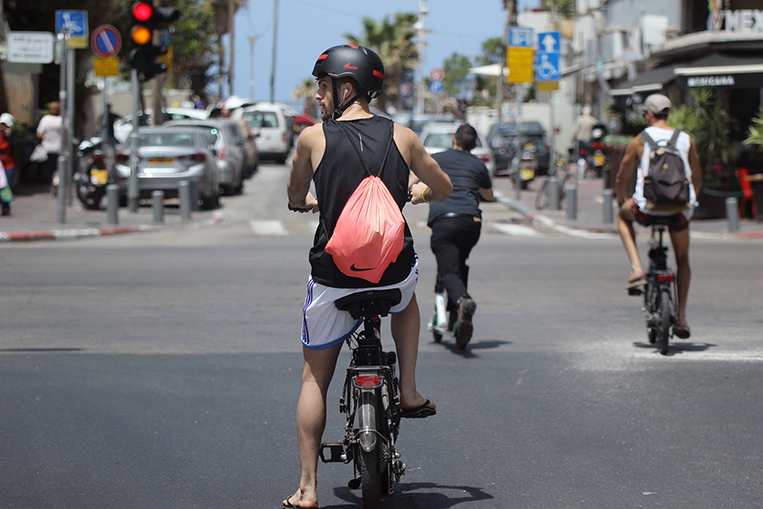
When we have any discussion about transport policy in the Philippines, we must look with empathy at why people make the choices they do. It’s very easy for critiques of our transportation system to slide into assigning moral judgments to car use and car users. No one wants to be called a bad person, and that’s not what we’re doing here. But when we say that car use has greater public costs than other modes—that they increase congestion, pollution, accident risk and environmental heat in cities—these are not judgments against car users. These are empirically proven mechanisms that have been demonstrated time and again by studies of many different urban environments. We cannot deny this reality. Ultimately, even car users pay the price of car priority because it kills off the other options they would have enjoyed, maybe even those they would have much rather taken if things had been different.
I am not calling to ban cars or to crucify car drivers. What I am saying here is that we would all be better off if we agreed to de-prioritize fast car travel in the planning of our cities. Even motorists, who are interested in the richness of life in cities, have an interest in this as well. Brent Toderian, the former chief planner of Vancouver, Canada, has this to say: “If you design a city for cars, it works for no one. But if you design a city for walking, cycling and public transport, it works for everyone, even people who drive cars.”
I certainly agree.

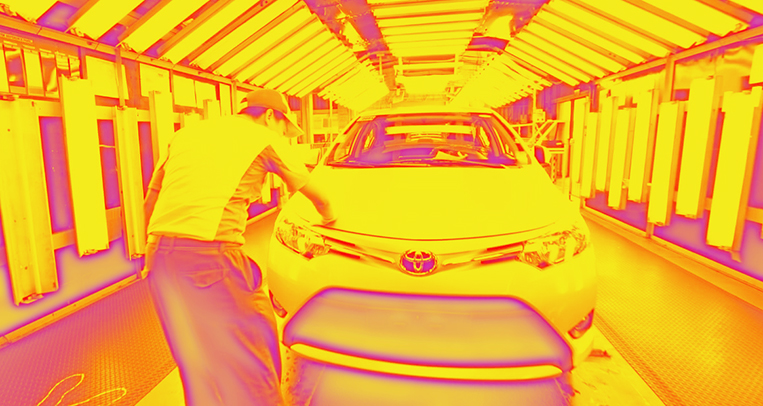
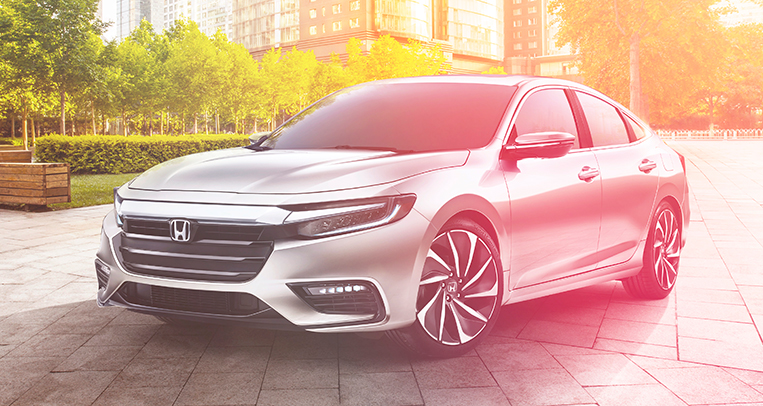
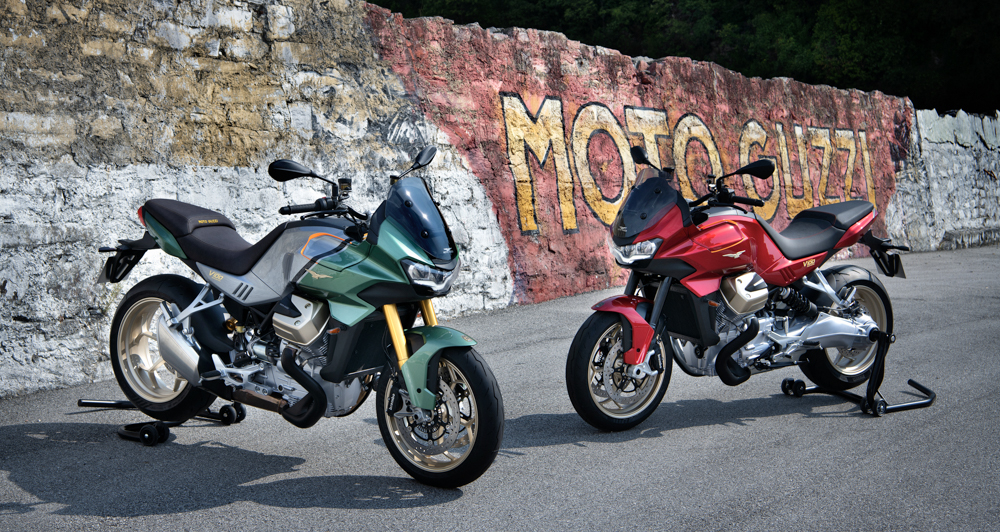
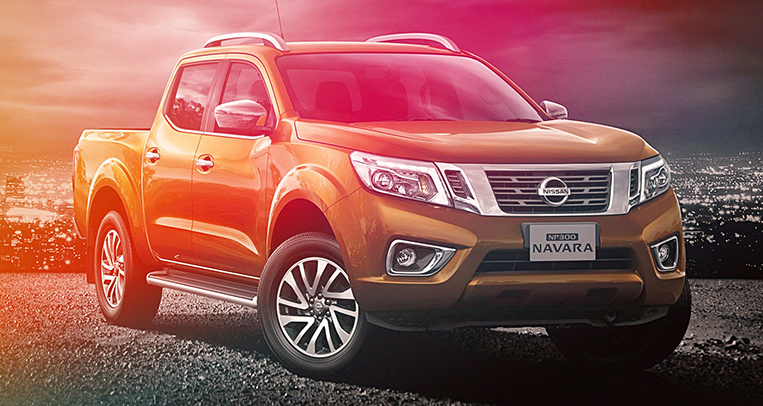
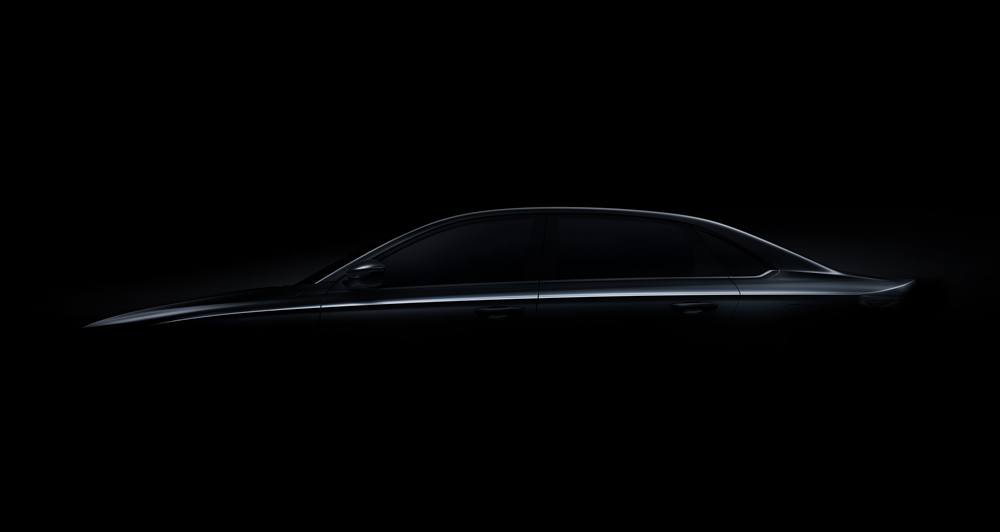




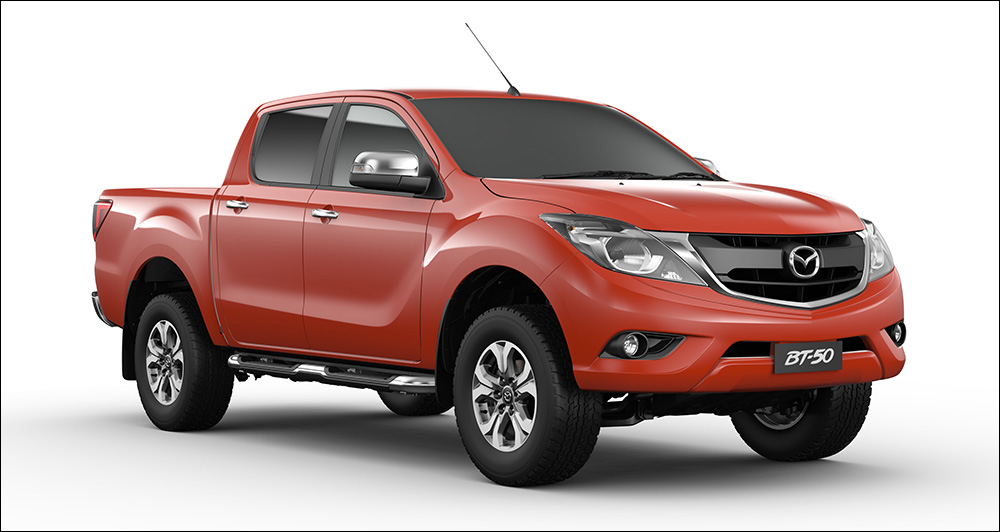
Comments